There has been an amazing amount written about MTB skills and even more how-to videos on Youtube (of various quality). These are all great ways to increase your knowledge of MTB skills.
However, knowledge is worthless if you can’t put that knowledge into action on your bike!
Why is it so hard to actually do a skill you understand? You watched a video or read a well-written article on the skill, and you know exactly how to do the skill, yet you still struggle! Why?
1. Because the wrong part of your brain understands the skill.
The part of your brain that watched that MTB skills video or read that article has absolutely zero input in doing a physical skill. A completely different part of your brain handles physical skills.
What you need to do is train the correct part of your brain to do the skill, which is hard/impossible to do by just reading or listening.
The book Choke by Sian Beilock covers this well and I will explain what 31 years of coaching people just like you and Choke has taught me.
I have always noticed a disconnect between “knowing” something and being able to “do” what you know (both in me and in my students). Choke explains the reasons for this better than anything else I have read on the subject and the book actually uses riding a bike as an example!
According to Choke, as an expert gets better and better at doing a skill they start to forget stuff. Their example:
“Think about riding a bike. How exactly do you do this? Well, yes, first you have to get on a bike and pedal.
But there is a lot more to it than that. You have to balance, hold on to the handlebars, look at what is in front of you. If you miss any of these steps, falling is a real possibility.
This usually doesn’t happen when proficient bike riders are actually riding, but if you were to ask a bike rider to explain the “how-tos” of this complex skill, he would forget details. This is because the proficient bike rider is trying to remember information about bike riding that is kept as procedural memory, as we psychologists term it.
Procedural memory is implicit or unconscious. You can think of procedural memory as your cognitive toolbox that contains a recipe that, if followed, will produce a successful bike ride, golf putt, baseball swing…
Interestingly, these recipes operate largely outside of your conscious awareness. … because when you are good at performing a skill, you do it too quickly to monitor it consciously …
Procedural memory is often distinguished from another form of memory: our explicit memory that supports our ability to reason on the spot or to recall the exact details of a conversation we had with our spouse the week before.
Simply put, explicit and procedural memories or largely housed in different parts of the brain. “
More on those different parts of the brain in this article: You Aren’t Doing What You Know You are Supposed to Do!
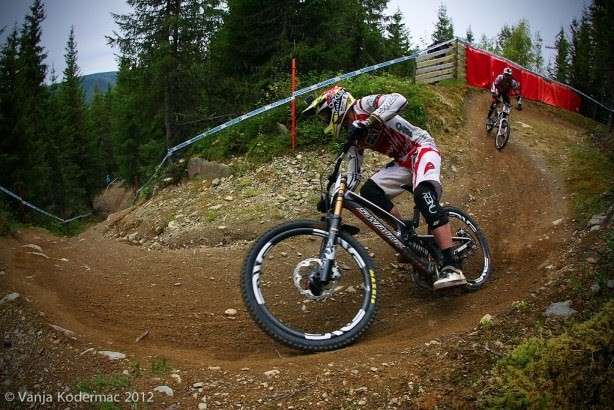
When 4 times World Champion, Greg Minnaar works with me, he makes me sign a contract saying that he is not a qualified MTB coach as he realizes he isn’t the best at coaching.
2. Because you aren’t practicing deliberately.
Deliberate practice trains our “procedural memory”. This is done through drills; drills with a focus on quality, not quantity! Remember, perfect practice makes perfect. Not just any drills, of course – drills designed to get you doing the correct “recipe”.
This is how to master any physical skill, from playing an instrument to ultimate fighting.
My Free Mini-course has quite a few of these and my 3-day skills progression courses are designed around specific drills to get you actually doing what I teach you.
What gets in our way when learning the correct way to do something? Our experience! If we are experienced but doing things incorrectly we have solid (but incorrect) procedural memories (bad habits).
In this case, being a complete beginner is better than being an experienced rider when learning, as the complete beginner has no procedural memory. The experienced rider has to weaken their incorrect procedural memory while strengthening the new, correct procedural memory.
Often experienced athletes have to take a step or two back before progressing as it takes time to erase old, ingrained bad habits and replace them with the correct habits.
So, do the drills from my mini-course and/or take a skills progression course, and most importantly do your drills!
This is why “skilled” athletes rarely make good coaches, they can’t access their procedural memory to articulate what they are doing.
I hope this has helped you understand how to get better at riding on any endeavor. Put in your work and you will see big rewards!
Please share this article with anyone you think may benefit and feel free to call or e-mail with any questions.
Thanks and create your best ride yet,
Gene

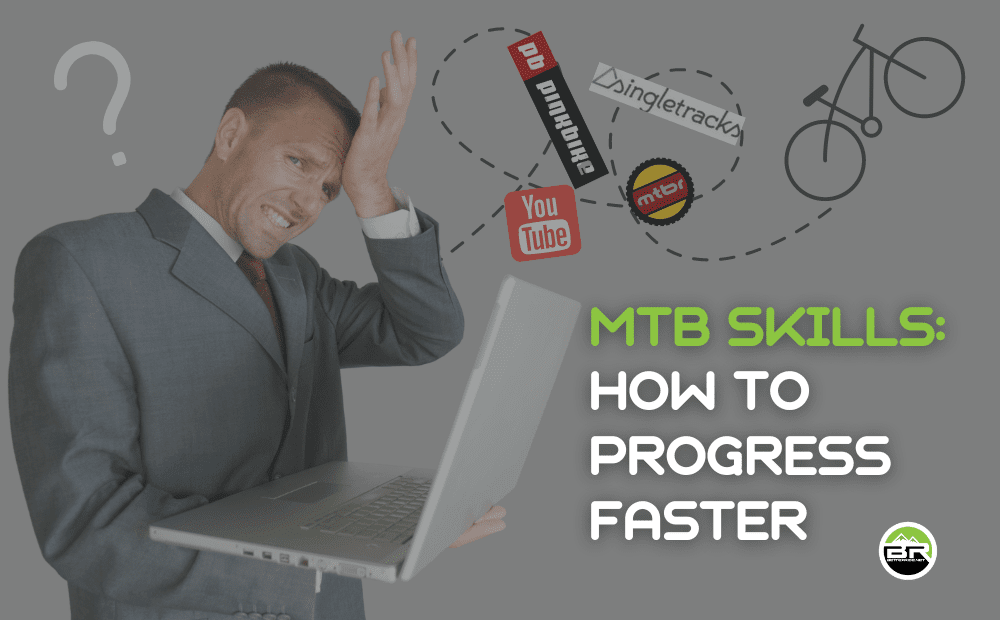
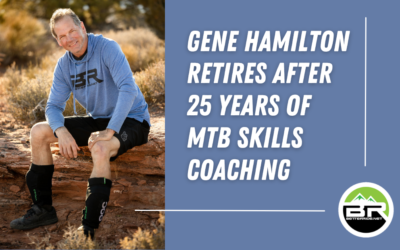
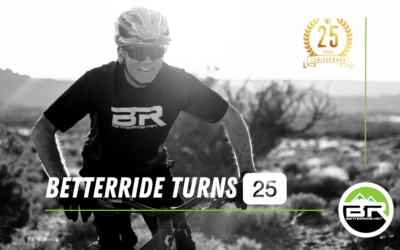
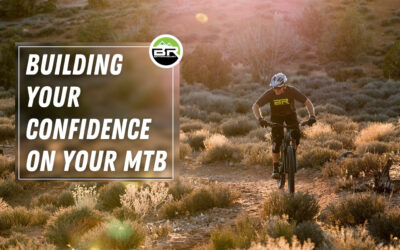
Great article. Have you read any of Keith Code’s motorcycle books or The Talent Code by Daniel Coyle? Keith’s 10.00 analogy is great and Daniel explains well the 10,000 hour to be an expert thing.
I’ve also taken classes from Keith and he 100% nails target fixation and why we have evolved to do it.
Hi Mark,
I have read A Twist of the Wrist by Keith Code and the Talent Code. I apply a lot of what I learned in those books in my courses. Looks like you will have a headstart on the course! I’m looking forward to coaching you in a few weeks.
Cheers,
Gene